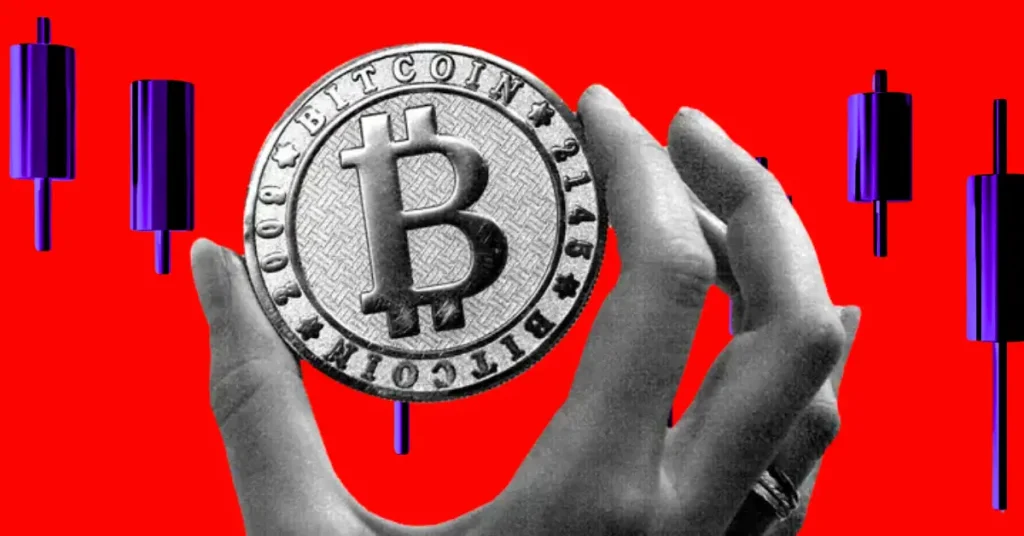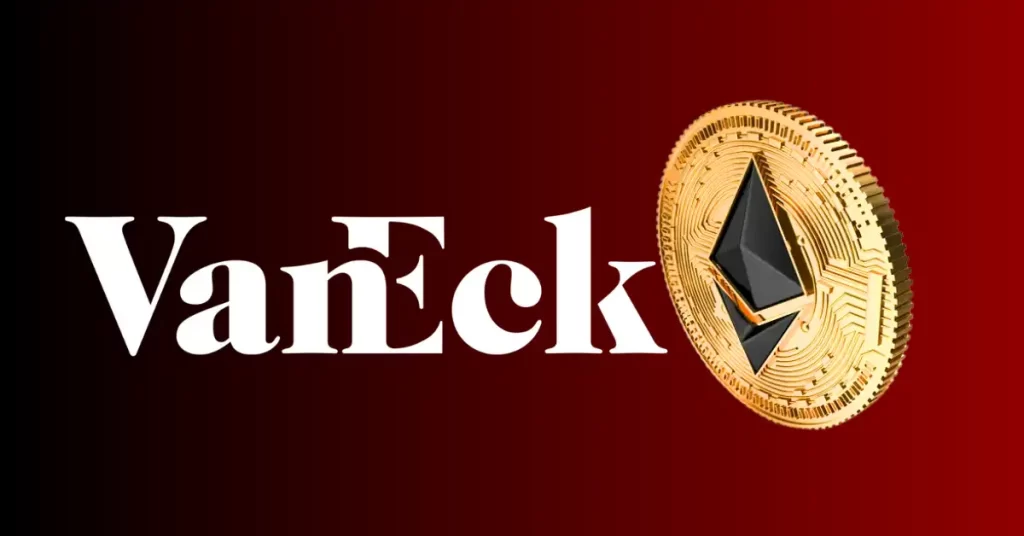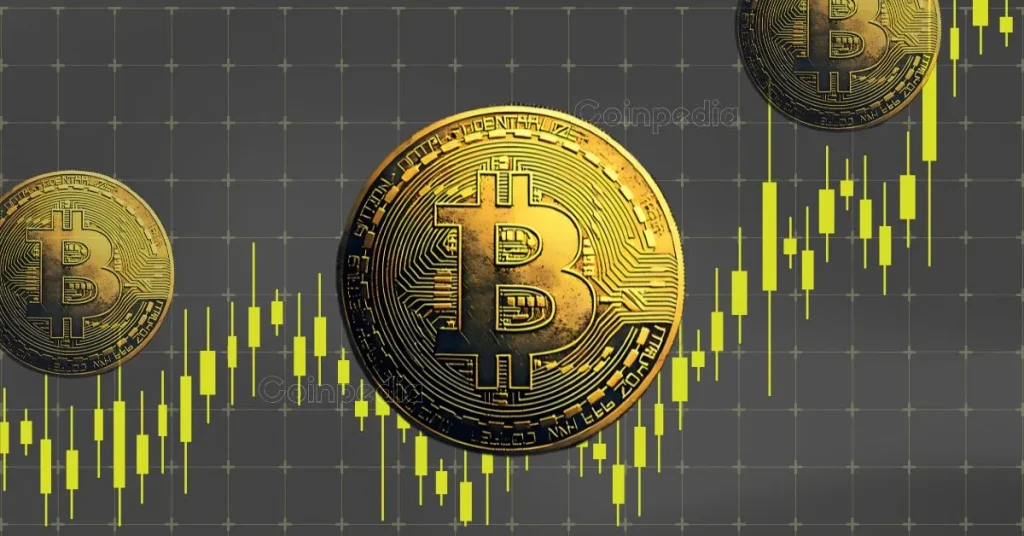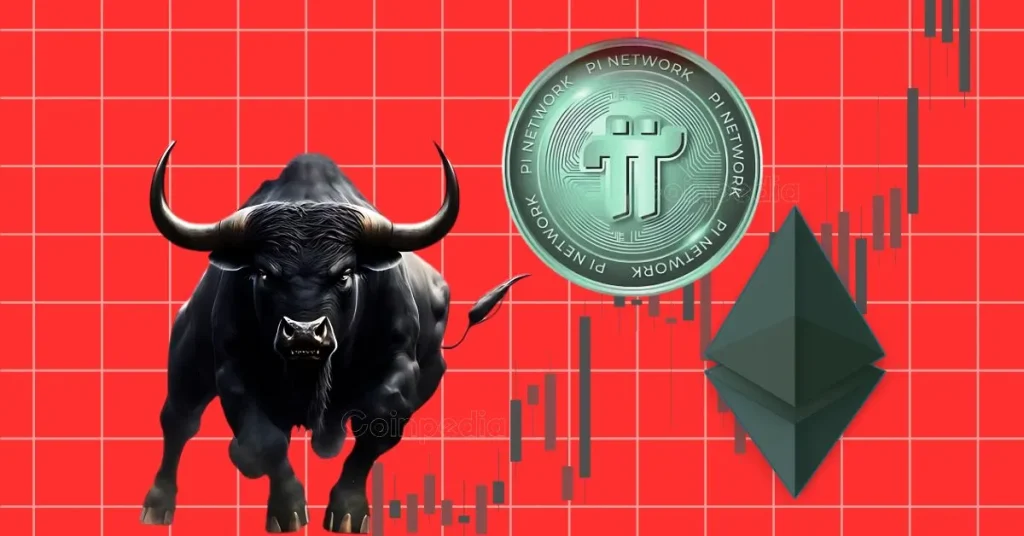While our primary focus is the dynamic world of cryptocurrency, paying close attention to movements in the traditional financial markets, particularly the US stock market , remains crucial for savvy investors. Why? Because despite the decentralized ethos of crypto, there’s often a significant market correlation between digital assets and major stock indices. Today, the US stock market has opened on a mixed note, presenting a picture that warrants closer examination. Understanding the Mixed Opening in the US Stock Market As the trading day commenced, the initial sentiment across the major US indices wasn’t uniform. Here’s a quick snapshot of how the key benchmarks performed right out of the gate: Index Opening Performance S&P 500 -0.36% NASDAQ -0.57% Dow Jones Industrial Average (Dow) +0.02% This mixed picture indicates differing pressures on various sectors of the economy. The NASDAQ , heavily weighted towards technology and growth stocks, saw the most significant dip among the three. The S&P 500 , representing the broader market with 500 large US companies, also opened lower, albeit less dramatically than the NASDAQ. In contrast, the Dow Jones , tracking 30 large, publicly owned companies based in the United States, managed a fractional gain. Diving Deeper: Why the Divergence in NASDAQ, S&P 500, and Dow Jones? A mixed opening like this often points to specific factors influencing different market segments. The underperformance of the NASDAQ and S&P 500 could be attributed to several potential drivers: Sector Rotation: Investors might be shifting away from growth-oriented tech stocks (prominent in NASDAQ and S&P 500) towards more value-oriented or defensive sectors (often found in the Dow) in response to economic data or changing sentiment. Interest Rate Expectations: Uncertainty or negative news regarding inflation and future interest rate hikes can disproportionately impact growth stocks, as their future earnings are discounted at a higher rate. Specific Company News: Major companies within the NASDAQ or S&P 500 might have released earnings reports or news that negatively affected their stock prices and, consequently, the index. Geopolitical or Macroeconomic Headwinds: Broader concerns about the economy, supply chains, or international events can dampen overall market enthusiasm, particularly for riskier growth assets. The slight uptick in the Dow Jones might reflect relative strength in the industrial, financial, or healthcare sectors that comprise the index, suggesting some resilience or positive news in those specific areas. The Crucial Question: How Does This US Stock Market Movement Affect Crypto? This is where the market correlation becomes a key consideration for our audience. Historically, especially since the increased institutional adoption of Bitcoin and other major cryptocurrencies, the crypto market has shown a notable correlation with the US stock market , particularly the tech-heavy NASDAQ . Are Crypto and Stocks Still Tightly Linked? The degree of market correlation can vary. At times, Bitcoin and other cryptocurrencies seem to move in tandem with tech stocks, reacting similarly to macroeconomic news, changes in liquidity, and investor risk appetite. When traditional markets are risk-on (investors are comfortable taking risks), crypto often performs well. When traditional markets are risk-off (investors become cautious), crypto can see declines, sometimes even amplified moves due to its higher volatility. However, there are also periods where crypto exhibits less correlation, driven more by internal factors like network developments, regulatory news specific to the crypto space, or unique market dynamics like halving events for Bitcoin. A mixed opening in the US stock market , with tech underperforming, could potentially signal a cautious mood that might spill over into the crypto market. Investors might interpret the dip in NASDAQ and S&P 500 as a sign of decreasing risk appetite, leading them to reduce exposure to volatile assets like cryptocurrencies. Potential Challenges and Implications for Crypto Investors Understanding this correlation presents both challenges and opportunities. The primary challenge is that diversification benefits might be reduced if both asset classes move together. If the US stock market enters a significant downturn, the crypto market might follow, offering less refuge than some might hope. Implications of a mixed or downward trend in stocks for crypto could include: Reduced Liquidity: As investors pull back from risk assets in traditional markets, less capital might flow into the crypto space. Sentiment Shift: Negative sentiment in stocks can easily transfer to crypto, leading to selling pressure. Macro Sensitivity: Crypto remains highly sensitive to the same macroeconomic indicators (inflation, interest rates, Fed policy) that are currently influencing the S&P 500 and NASDAQ . Actionable Insights for Navigating Correlated Markets Given the observable market correlation , what steps can crypto investors consider? Monitor Traditional Markets: Keep an eye on major indices like the NASDAQ , S&P 500 , and Dow Jones , as well as key economic indicators and news. Understand the ‘Why’: Don’t just note the price movement; try to understand the underlying reasons (e.g., inflation data, Fed comments, sector performance) driving the stock market’s direction. Assess Your Risk Tolerance: Recognize that crypto’s volatility can be amplified by broader market movements. Ensure your portfolio aligns with your risk tolerance. Diversification Beyond Crypto: Consider diversification strategies that might include asset classes less correlated with both stocks and crypto, if appropriate for your investment goals. Long-Term Perspective: While short-term correlation exists, the long-term value proposition of specific crypto projects is driven by their technology, adoption, and fundamentals. Maintain a focus on your long-term investment thesis. Conclusion: Staying Informed is Key Today’s mixed opening in the US stock market serves as a fresh reminder of the interconnectedness of global financial markets. While the Dow Jones showed slight resilience, the dips in the NASDAQ and S&P 500 highlight prevailing cautious sentiment, particularly around growth and technology sectors. For those invested in digital assets, understanding this market correlation is not just academic; it’s a practical necessity for navigating potential volatility and making informed decisions in the ever-evolving financial landscape. To learn more about the latest crypto market trends, explore our article on key developments shaping Bitcoin price action.












